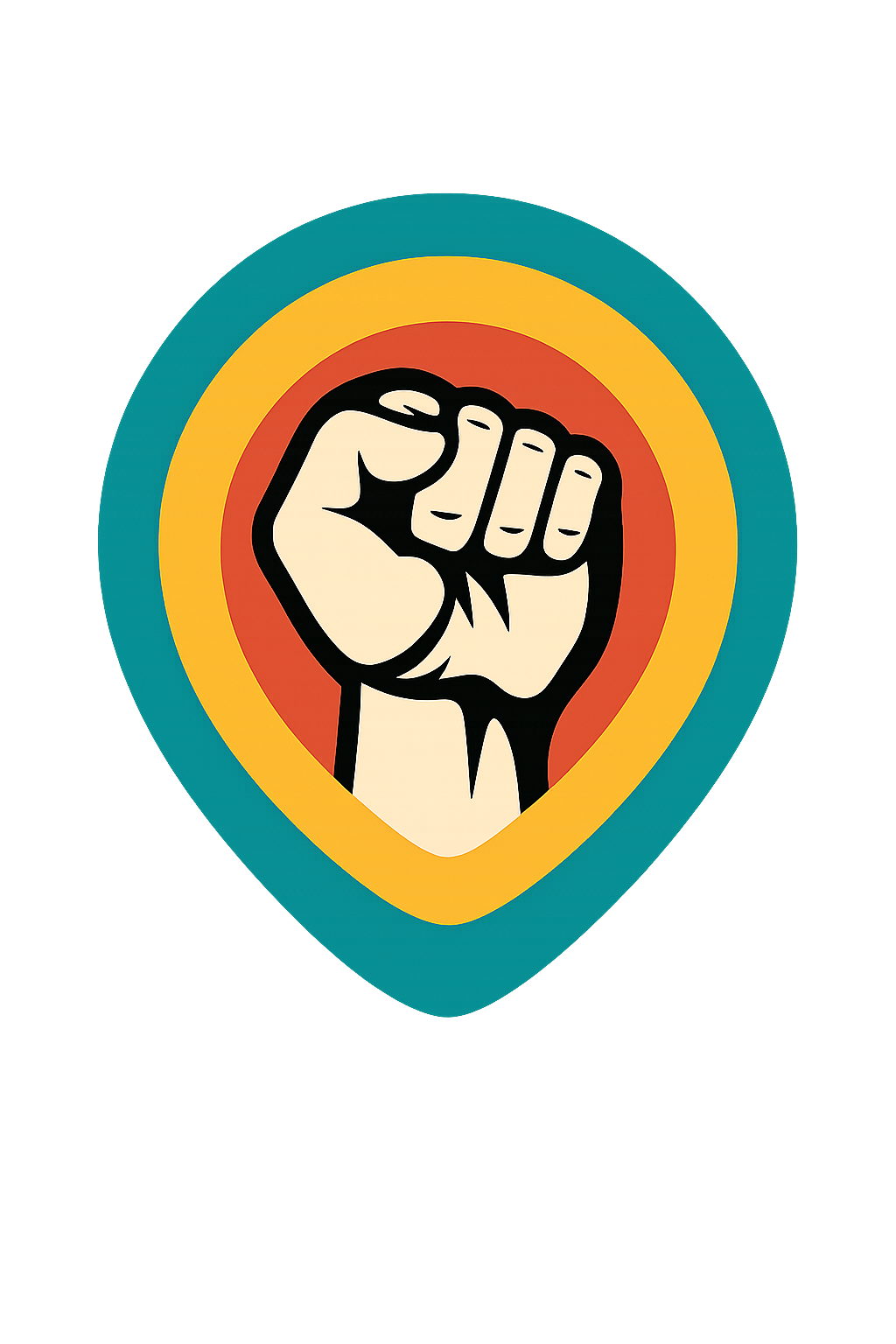
Join the travelrevolution
Join the waitlist today to get exclusive perks and £30 of in-app credit when we launch this summer
The OURTOR App
Discover a new way to experience travel with our AI-powered personalized recommendations, geo-location content, and gamified experience.
Interactive Maps
Explore limitless destinations with our adaptive AI powered recommendations
Travel Stories
Be educated and entertained by geo-location content in the form of Travel Stories
Travel Journal
Keep a travel journal of your adventures, and share them with friends and family
Travel DNA
Your unique travel recommendations that adapt and evolve with every journey
Gamification
Collect relics and unlock achievements as you explore the world
Community
Discover hidden gems and unique experiences from people who share your tastes
Loading map data...
We're retrieving the latest information about our travel sites.
Travel DNA
A personalized travel profile made just for you.

Travel Your Way
Find the best destinations for you based on your unique interests and preferences.
Key Features:
- Exclusive in-house AI technology designed to learn your unique travel preferences
- Personalized interest, feedback and travel history based recommendations
- Explore sites across the world at your own pace without predefined routes or certain methods of travel
- Let OURTOR enhance your exploration rather than define it
How it enhances your experience:
Your perfect travel day looks different from everyone else's. We help you experience the destinations in your own unique way.
Stories that travel with you
Discover travel stories as you explore, created by the community and empowered by AI.

Select a travel story
No description available
Explore Travel Stories
No featured sites found. Please check your FEATURED_SITE_IDS list.
Create & Share
Create content and share with your friends, family and the world
Learn & Experience
Educate and entertain yourself wherever you go
World First Technology
A world first...geolocation based content that adapts to your surroundings
Loading relics...
Your Travel Journey
A record of your trips
View sites visited, distance travelled and more
Sites Visited
Track every destination and landmark you've explored
Distance Travelled
See how far you've journeyed across the globe
Travel Stats
View detailed statistics about your adventures
Share Your Trips
Share your adventures with friends and family
Loading Animation...
Join the waitlist
Be the first to experience OURTOR when we launch.
Join the waitlist today to get exclusive perks and £30 of in-app credit when we launch this summer
Be part of our growing community of travelers. We'll never share your email.